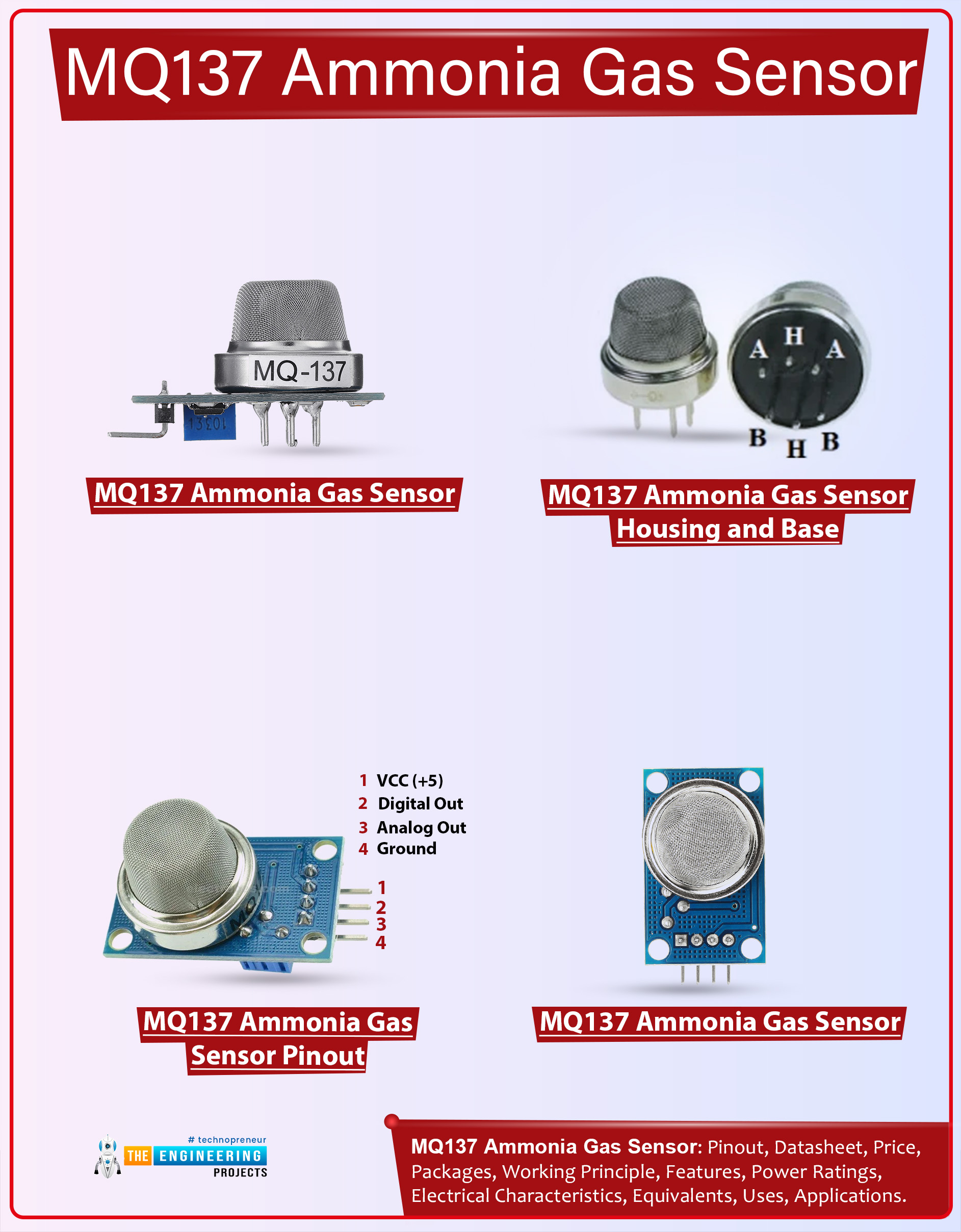
Hi readers! Welcome to the next article on the MQ series gas sensors. Today, our motto is to learn about the basic information of the MQ137 ammonia gas sensor. We know that ammonia gas is extensively used in industries, agricultural lands, Environmental Monitoring, Health and Public Safety, etc. In such areas, there are great chances of leakage that can be harmful and here, sensors like MQ137 are used for the instant detection of the Ammonia gas. It is a colorless gas with a distinct pungent smell and its inhalation may cause eyes, lungs, nose, and throat infections and irritation. So, the MQ137 is specialized for its detection and acts as a life savior in such cases.
In this article, we’ll commence our discussion with the basic introduction of the MQ137 ammonia gas sensor and will learn its basic structure to understand its features. After that, we’ll see some important points from its datasheet such as its specifications and some important graphs related to its performance. We’ll shed light on its working principle and physical dimensions and in the end, you will see the basic fields where this sensor is widely used. Let’s move towards the first point:
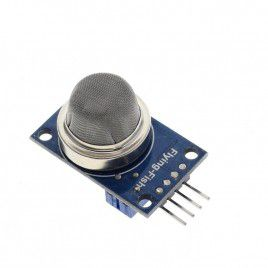
MQ137 Ammonia Gas Sensor Introduction
The MQ137 is an ammonia gas sensor designed to detect ammonia gas in various environments. This is available either as a module or as a sensor and can be integrated into appropriate electronic circuits or microcontrollers such as Arduino, ESP32, etc. The module comes with digital and analog pins and here, the digital pin makes it operate even without using the microcontroller with it.

Ammonia is a hazardous gas for human inhalation and it causes multiple health issues even with minimal exposure. The MQ137 has the sensing element that instantly reacts with the ammonia gas and changes in the analog pin values indicate the concentration of ammonia around the sensor.
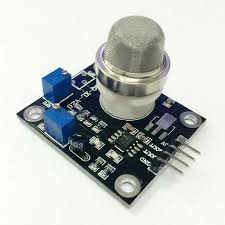
MQ137 Ammonia Gas Sensor Basic Components
The internal structure and components of the MQ136 ammonia gas sensor are similar to other members of the MQ gas sensor series. Here is the list and a little description of each of them:
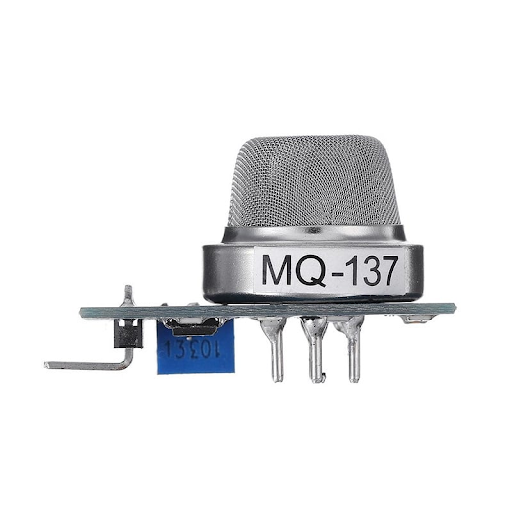
MQ137 Ammonia Gas Sensor Ceramic Tube
There is a small tube-like structured piece of ceramic material (micro AL2O3) placed on the circuit of the MQ137 ammonia gas sensor. The reason behind choosing AL2O3 is its excellent thermal stability. Moreover, it does not affect the electrical resistivity of the sensing element, and, therefore, does not cause any change in the results.
This ceramic tube provides mechanical strength to the sensing element layer so provides a uniform reacting area to the target gas. This is crucial for the exact analogue values.
MQ137 Ammonia Gas Sensor Sensing Element
The MQ137 has the tin oxide (SnO2) for the sensing of a target gas. Here, the sensing element is present in the form of a uniform layer on the ceramic tube as mentioned in the previous point. As a result, the mechanical support helps the tin oxide to be readily available for reaction even at a small concentration of ammonia gas.
MQ137 Ammonia Gas Sensor Heating Circuit
The heating sensor is responsible for maintaining the sensing element’s temperature. It consists of a nichrome wire coil that heats the circuit continuously at a uniform temperature. This small coil is embedded near the sensing element and ceramic tube.
MQ137 Ammonia Gas Sensor Electrodes
The connection between the sensing layer and ceramic material is made with the electrodes made of usually gold (Au). These are responsible for providing the path for the electrical current to pass through the sensing element. These play a crucial role because the measurement of the sensing element resistance is the main principle of this sensor.
MQ137 Ammonia Gas Sensor Housing and Base
The whole circuit is protected by the firm base and housing. The housing is made of a perforated metal cover that only allows the gas to pass through it therefore, it filters the unwanted particles to reach the delicate internal circuit.
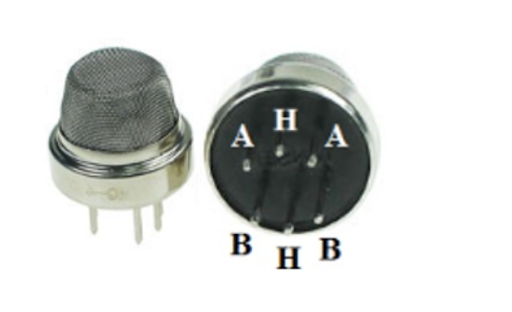
The connection of these pins will be discussed in the coming sections. The module of M137 uses a strong base made of plastic or bakelite that not only provides strength to the circuit but is provides space for the pins. Some modules have an LED that shows the presence of the gas if detected.
MQ137 Ammonia Gas Sensor Datasheet
The datasheet is a crucial document to learn before using any electrical device like the MQ137 ammonia gas sensor. Here are some key sections of the MQ137 sensor datasheet that serve as valuable resources to enhance your understanding and facilitate informed usage:
MQ137 Ammonia Gas Sensor Features
It has high sensitivity and, therefore, can detect the presence of ammonia gas even at low concentrations.
It shows the analog values for the change in the concentration of the gas which helps represent the exact concentration value of the ammonia gas.
The presence of the digital output pin makes it useable even without the integration of the microcontroller.
The circuit is designed in such a way that it represents a stable output and reliable performance as compared to many other sensors.
The wide range of gas detection allows this sensor to provide versatility in the values and detect the gas at a distance as well. It has a fast response time that makes it more reliable.
It has easy integration and is present in the form of different packages to make it usable in different circuits.
MQ137 Ammonia Gas Sensor Specifications
The table given below has all the important specifications that you must know:
Property |
Value |
Model |
MQ137 |
Sensor Type |
Semiconductor |
Standard Encapsulation |
Bakelite, Metal cap |
Target Gas |
Ammonia Gas(NH3) |
Detection range |
5~500ppm NH3 |
Standard Circuit Conditions |
Loop Voltage Vc ≤24V DC Heater Voltage VH 5.0V±0.1V AC or DC Load Resistance RL Adjustable |
Sensor character under standard test conditions |
Heater Resistance RH 29Ω±3Ω(room tem.) Heater consumption PH ≤900mW Sensitivity S Rs(in air)/Rs(50ppmNH3 )≥2 Output Voltage △Vs ≥0.5V (in 50ppm NH3 ) Concentration Slope α ≤0.6(R200ppm/R50ppm NH3 ) |
Standard test conditions |
Tem. Humidity 20℃±2℃;55%±5%RH |
Standard test circuit |
Vc:5.0V±0.1V; VH: 5.0V±0.1V |
Preheat time |
Over 48 hours |
MQ137 Ammonia Gas Sensor Circuit Diagram
As mentioned before, the circuit and structure of this sensor are straightforward. Here is a basic circuit diagram that will help you to understand its structure:

The explanation of each label is given here:
Vc: Loop Voltage (typically ≤ 24V DC)
VH: Heater Voltage (typically 5.0V ± 0.1V AC or DC)
RL: Load Resistance (which is adjustable by VR1)
VR1: Variable Resistor (which is used to adjust RL)
PH: Heater Consumption (typically ≤ 900 mW)
RH: Heater Resistance (at room temperature, typically 29Ω ± 3Ω)
△Vs: Output Voltage (difference between voltage in air and voltage in 50ppm NH3, typically ≥ 0.5V)
α: Concentration Slope (ratio of resistance at 200ppm NH3 to resistance at 50ppm NH3, typically ≤ 0.6)
If you want to learn more about the datasheet, you must visit the link given below:
MQ137 Ammonia Gas Sensor Pinout Configuration
Till now, we’ve been discussing the pin functions of this sensor but have a look at the table below to understand the pinout configuration with a precise description:
Pin Number |
Pin Name |
Description |
1 |
VCC |
Power Supply (+) |
2 |
DO |
Digital Output |
3 |
AO |
Analog Output |
4 |
GND |
Ground |
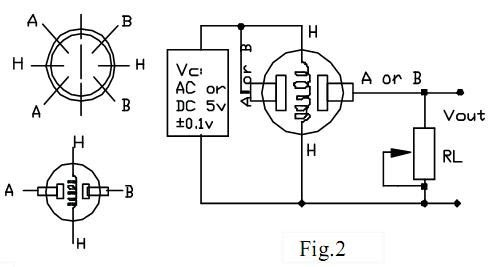
MQ137 Ammonia Gas Sensor Packages
There are no standardized packages for the MQ137 ammonia gas sensor but it is present in more than one variety of assembly options so that it may fit in multiple types of circuits without any issue. Here are key package options widely utilized by multiple users:
MQ137 Bare Sensor Board
It is the fundamental form of the sensor which is a simpler assembly option. It consists of just the sensor and its pins for easy connection.
MQ137 Sensor Board with Breakout Pins
It consists of the sensor board along with the additional header pins. These pins are soldered on it and provide the opportunity to connect it with the wires or the breadboard according to the convenience of the user.
MQ137 Pre-Assembled Module
This is the most user-friendly item on the list and the following features will justify my statement:
It includes the basic board and the additional circuitry like resistors, capacitors, and voltage regulators.
Some models have a pre-program microcontroller as well as an analog-to-digital converter (ADC). Such models are ready to use in the projects. Such models come in a plastic enclosure and have features like screw terminals or header pins for easy connection.
MQ137 Ammonia Gas Sensor Alternatives
If for some reason, you want to know the alternatives that can be used in place of MQ137 then I would suggest the following sensors:
Figaro Figaro H2S-B4 (can be adapted for NH3)
City Technology Corporation (CTC) T8320
Alphasense NH3-FS-400
Gas Sensing Solutions GSS-NH3
Mettler Toledo InPro 5000 NH3
Teledyne API TDL-4000
Where to Buy MQ137 Ammonia Gas Sensor?
The sensors are small delicate devices and one must always choose the best platform to buy such products. Here are the most popular names in this regard:
AliExpress
eBay
Amazon
MQ137 Ammonia Gas Sensor Working Principle
The study of the simple structure of this sensor aforementioned helps us to understand its working principle in just a few steps:
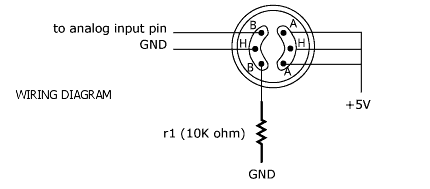
As soon as the sensor is powered on, the coil of the heater circuit starts its work and the temperature of the circuit keeps increasing gradually. Usually, the pre-heating takes 20 to 30 seconds.
Once the temperature reaches 300 Celsius, the heating temperature works only on the maintenance of the temperature instead of raising it.
At this temperature, the sensing element, tin oxide connected with the heating circuit through electrodes is stimulated to absorb the oxygen from the surrounding air. This reaction creates the depletion region of the oxygen ions around the sensing element. This accumulation results in an increased value of the electrical resistance.
The sensor works in this condition and is readily available to detect the ammonia gas.
Once the ammonia gas is leaked into the surroundings, the depletion region (oxygen ions) reacts with the ammonia which results in the absorption of the depletion layer. The values of the current flow are continuously indicated on the analogue pin.
The absorption of the depletion layer results in lower resistance. These values are indicated on the analogue pin output and show the presence of the ammonia gas. The higher values mean more concentration of the target gas in the surroundings and vice versa.
The digital pin is utilised to get the signal if the analogue value exceeds the threshold limit. In this way, the sensor even does not require an external microcontroller for the basic functions.
MQ137 Ammonia Gas Sensor Physical Dimensions
There are different assembly options for the MQ137 sensor but generally, I’ve created the table that has the physical dimensions of the sensor (additional components not included):
Property |
Typical Value |
Length |
26 mm |
Width |
20 mm |
Height |
3 mm |
The size may vary in different models but these are the generalized values.
MQ137 Ammonia Gas Sensor Applications
In every place where ammonia gas is either utilized as fuel or any other process, the ammonia gas sensor is an important device. Here are some general applications where MQ137 is widely used:
- Domestic Ammonia Gas Alarm
- Air Quality Monitoring
- Industrial Ammonia Gas Leakage Alarm
- Wastewater Treatment Facilities
- Food and Beverage Industry
- Chemical Industry
Hence, today we have learned a lot about the MQ137 ammonia gas sensor. We commence the discussion with the basic introduction of the MQ137 sensor where we also saw its basic structure and components. After that, we saw the features and specifications from the datasheet of this sensor. We also read about the basic principle of working and the physical dimensions of the sensor. In the end, we saw the names of the applications where the MQ137 is used. I hope this was an informative study for you.



